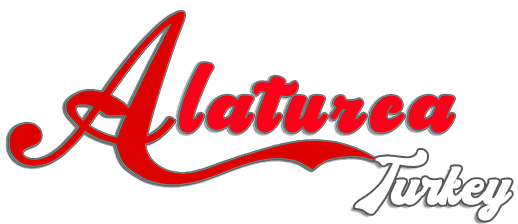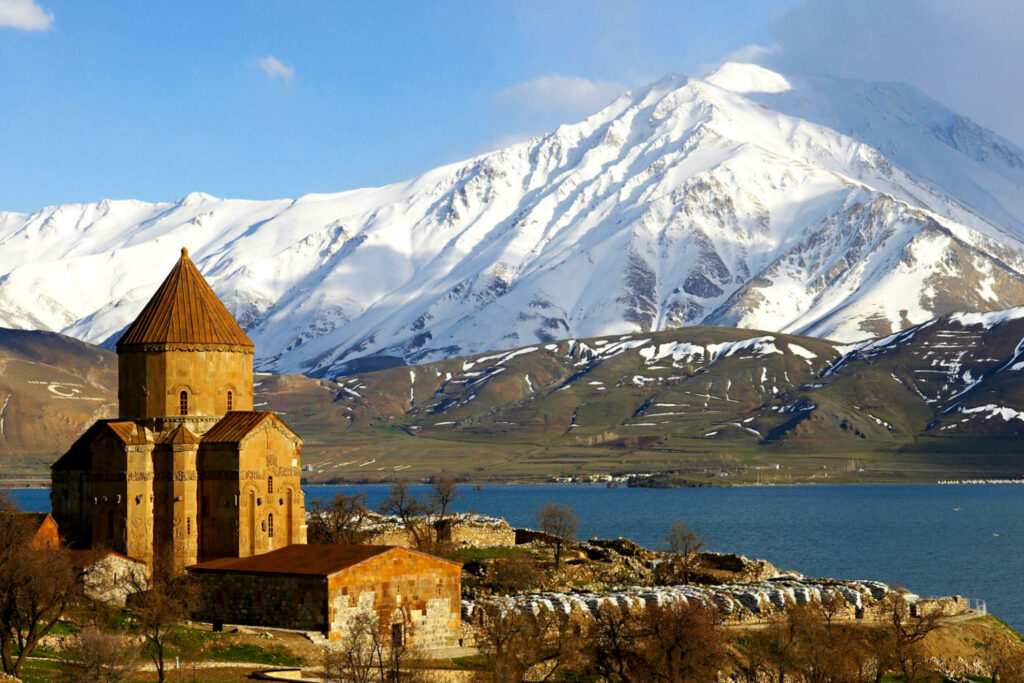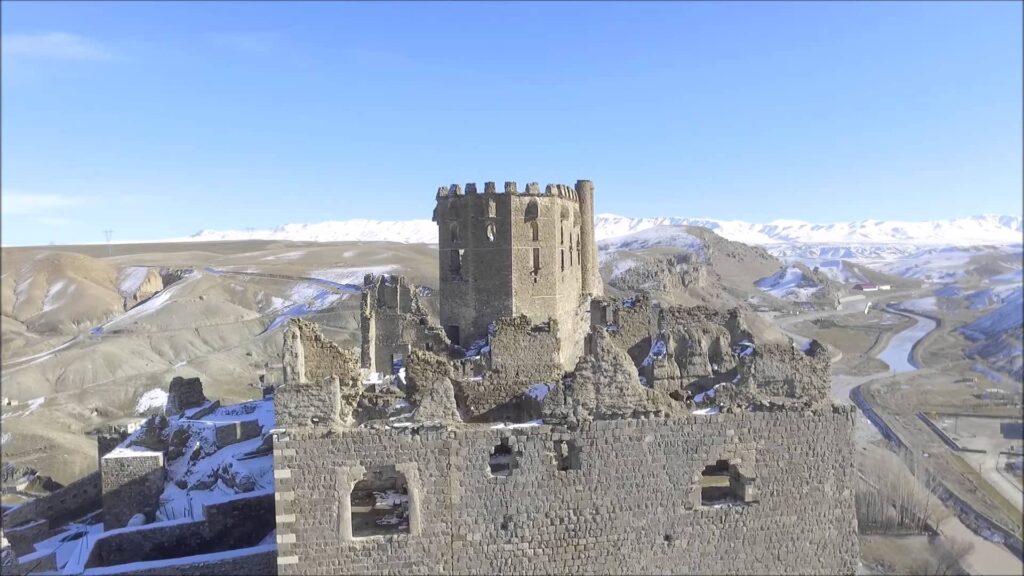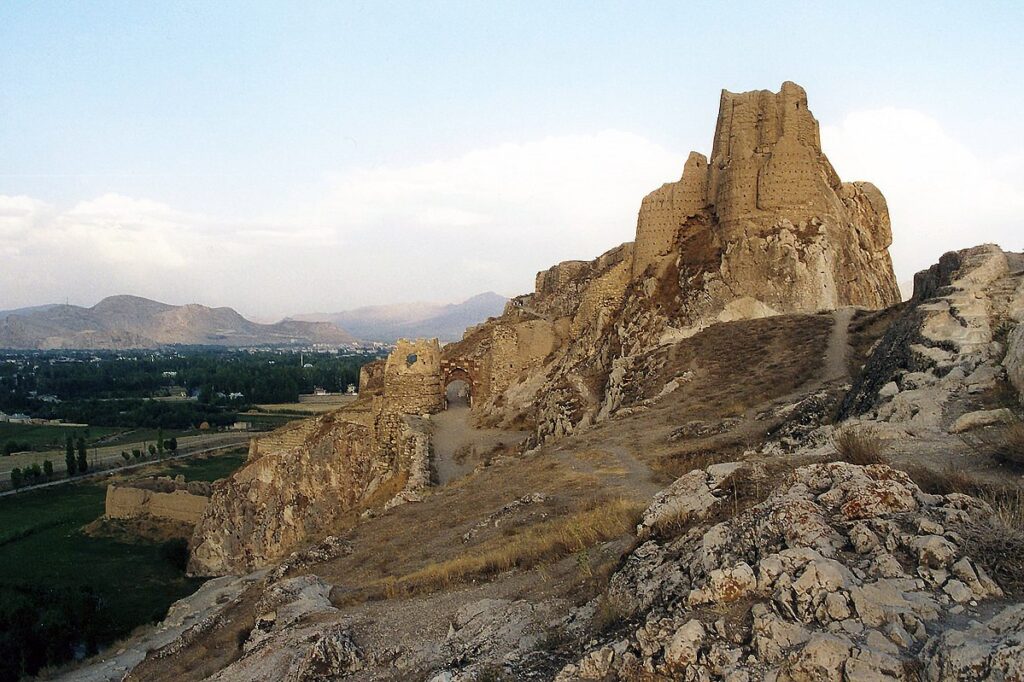- 3
- 16
- 1
- 64
- 8
- 8
- 2
- 8
- 3
- 7
- 3
- 7
- 8
- 7
- 7
- 7
- 5
- 6
- 3
- 155
- 4
- 4
- 3
- 5
- 5
- 5
- 1
- 2
- 1
- 5
- 5
- 5
- 1
- 2
- 5
- 0
- 8
- 59
- 8
- 53
- 18
- 5
- 2
- 1
- 1
- 7
- 1
- 29
- 18
- 3
- 2
- 4
- 2
- 3
- 13
- 17
- 43
- 1
- 4
- 11
- 1
- 1
- 155
Address
Karagözler, Fevzi Çakmak Cd. No:49, 48300 Fethiye/Muğla, Türkiye
Office Hour
- Everyday: 8:30 - 20:00
- Emergency : 7/24




